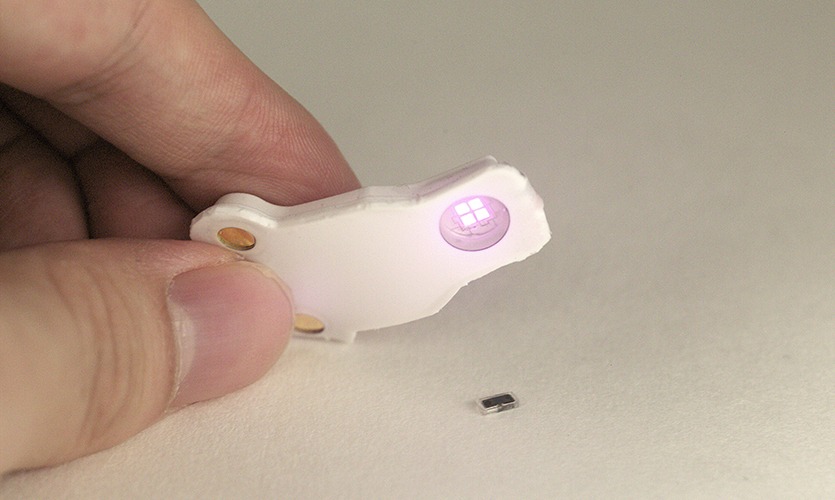Northwestern University Researchers Develop World’s Smallest, Dissolvable Pacemaker for Pediatric Cardiac Care
A team of engineers and physicians at Northwestern University has unveiled the world's smallest pacemaker, a groundbreaking device designed to provide temporary cardiac pacing, particularly for newborns with congenital heart defects. Measuring just 1.8 millimeters

A team of engineers and physicians at Northwestern University has unveiled the world’s smallest pacemaker, a groundbreaking device designed to provide temporary cardiac pacing, particularly for newborns with congenital heart defects. Measuring just 1.8 millimeters in width, 3.5 millimeters in length, and 1 millimeter in thickness, this innovative pacemaker is smaller than a grain of rice and can be injected directly into the heart via a syringe. Notably, the device is bioresorbable, naturally dissolving in the body after serving its purpose, thereby eliminating the need for surgical removal.
Innovative Design and Functionality
The pacemaker operates in conjunction with a soft, flexible, wireless wearable device that adheres to the patient’s chest. This wearable component detects irregular heart rhythms and emits light pulses to activate the pacemaker, ensuring precise and responsive cardiac pacing. The system is powered by a galvanic cell battery that activates upon contact with the body’s natural fluids, obviating the need for external power sources.
Addressing Critical Needs in Pediatric Cardiology
Approximately 1% of children are born with congenital heart defects, many of whom require temporary cardiac pacing following surgery. Traditional pacemakers often necessitate invasive procedures for implantation and removal, posing risks such as infection and tissue damage. The novel dissolvable pacemaker developed by Northwestern University offers a minimally invasive solution, reducing procedural complications and enhancing patient recovery.
Clinical Validation and Future Prospects
The efficacy of the pacemaker has been demonstrated in studies involving large and small animal models, as well as human hearts from deceased organ donors. These studies have shown that the device can effectively regulate heart rhythms without the complications associated with traditional pacemakers. Future research aims to explore the application of this technology in adult patients and investigate its potential in supporting nerve regeneration, wound healing, and pain management.
Expert Endorsements
John A. Rogers, Ph.D., a bioelectronics pioneer at Northwestern University and lead developer of the device, stated, “We have developed what is, to our knowledge, the world’s smallest pacemaker. There’s a crucial need for temporary pacemakers in the context of pediatric heart surgeries, and that’s a use case where size miniaturization is incredibly important.”
Igor Efimov, Ph.D., an experimental cardiologist and co-leader of the study, emphasized the device’s significance: “About 1% of children are born with congenital heart defects. The good news is that these children only need temporary pacing after surgery. Now, we can place this tiny pacemaker on a child’s heart and stimulate it with a soft, gentle, wearable device. And no additional surgery is necessary to remove it.”






